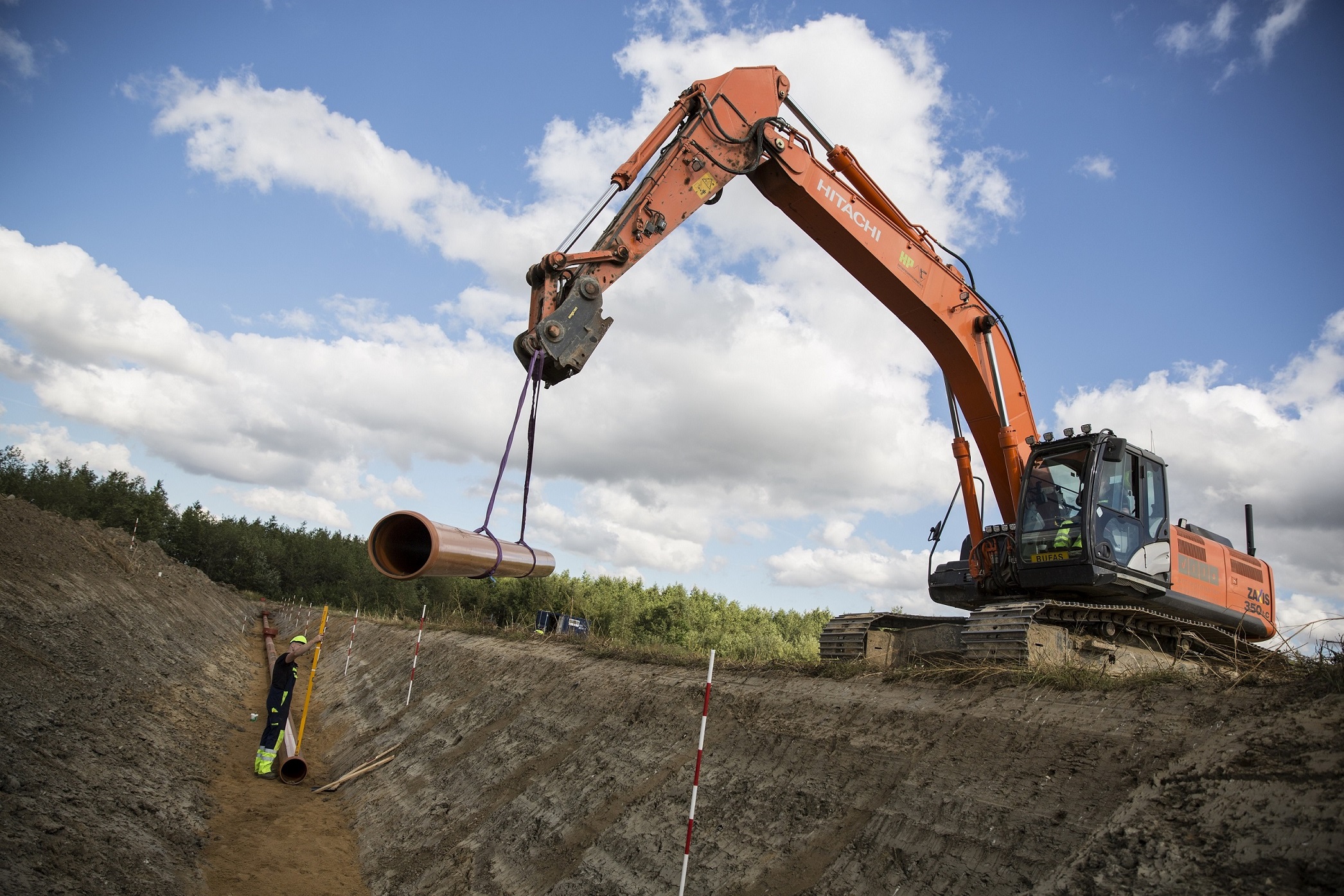
What does an Olympic gymnast have in common with a plastic sewer pipe? At first glance, not much – but we’re talking about performance, not appearances. Both prove that flexibility does not have to come at the expense of strength – and that often, it’s vital to possess both characteristics.
In terms of buried sewer pipes, flexibility is often considered a weakness as designers and engineers may not be familiar with the behaviour of plastic pipes when buried underground. It’s a common misconception that pipe stiffness is the governing factor of performance, which has led to the belief that any movement of a pipe will negatively affect its strength and longevity.
Let’s follow the journey of a sewer pipe from its installation.
First, the installation of pipeline systems can vary from metre to metre depending on many aspects.The native soil type and levels of groundwater may change, and the gradient is almost certain to vary. Pipes fabricated from traditional, rigid materials do not deflect, and are therefore thought to be more suitable for variable installation conditions.
However, ground conditions will not remain the same for the life of the pipe. Flexible pipes, in contrast to rigid materials, follow the movement of the earth – whether that’s differential ground movement, increases and decreases in groundwater levels, or even heavy frost which causes the water in the soil to expand.
Finally, what happens above the ground may also differ. Traffic volumes, for example, may increase significantly over what was originally predicted.
Bearing in mind all of these variations – from the field conditions at the time of installation, to changes both above and below ground – flexible plastic pipes are actually proven to not only resist adverse conditions, but thrive under change.
Due to their high flexibility, thermoplastic pipes are in fact very accommodating. They do deflect, yes – but because ground conditions will change over time, deflection means safety. When pipes are relatively more rigid than the soil, traffic and other loads have to be resisted by the pipe itself – whereas when the pipe is flexible, the load is transferred to the backfill material and the ground that surrounds it.
These claims are backed up by an extensive Buried Pipes study which was commissioned to evaluate the strength and integrity of plastic pipes. Independently verified, the study comprised full-scale field trials with different materials, stiffnesses, soils and installation conditions and, with the support of a specialist laboratory, also investigated traffic load simulations, depth variations, internal pressure and the effect of time.
The conclusion? Plastic pipes combine both the flexibility and strength to ably withstand the demands of civil engineering applications.


